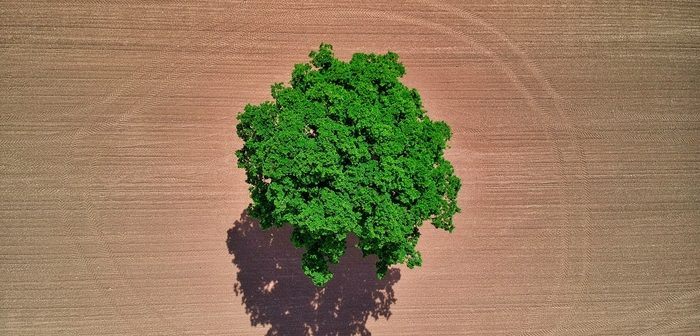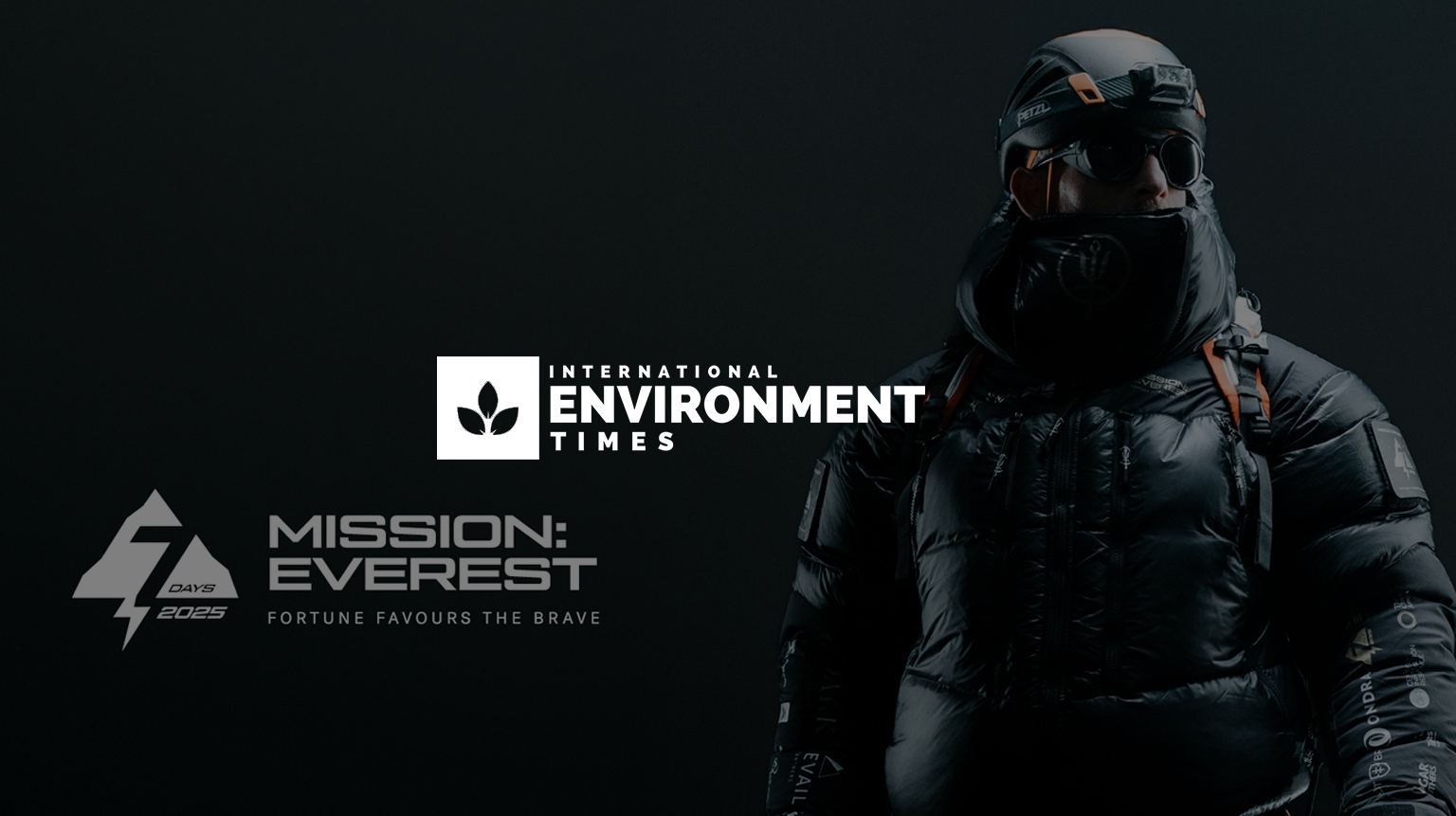For a future that’s sustainable, recycling is a pivotal practice. Recycling allows accoutrements to be reused and keeps them out of tips
and the ocean, which reduces waste and conserves coffers. When it comes to recycling, plastic is one of the accoutrements that needs further consideration.
The plastics assiduity has made a sizable profitable donation to the world, but it has also seriously harmed the terrain. Growing environmental concern over the goods of plastic waste in recent times has directed attention on recycling and the direction of the plastics assiduity.
The Waste Problem with Plastic
Plastic has been used for numerous times for a variety of uses because it’s strong, featherlight, and protean. It’s now a commonplace material used in construction, electronics, apparel, and packaging in our diurnal lives.
Its adaptability, still, is also a weakness. The maturity of plastic ever produced is still in use moment because it takes hundreds of times for plastic to degrade. This plastic waste is ditched in tips, abysses, and other natural areas, where it seriously harms ecosystems and wildlife.
According to estimates, there are presently over 8 million tons of plastic in the ocean alone, making plastic pollution a major global issue. Due to studies indicating that microplastics have been discovered in seafood and valve water, this plastic waste not only poses a trouble to marine life but also has the implicit to enter our food chain. also, the product of plastic uses a lot of fossil energies, which makes it a major source of hothouse gas emigrations and climate change.
The Importance of Recycling
One of the stylish ways to lessen plastic waste’s impact on the terrain is through recycling. Recycling plastic can help with resource conservation, energy effectiveness, and the reduction of hothouse gas emigrations. By converting waste into a useful resource, it can also contribute to profitable value creation and job creation.
Plastic waste must be gathered, sorted, gutted, and reused into new products as part of the recycling process. Plastic recycling does present some difficulties, however. The fact that not all plastic can be reclaimed and that some recycling installations may not indeed accept recyclable plastics is one of the major problems.
High- viscosity polyethylene( HDPE), polypropylene( PP), and polyethylene terephthalate( PET) are the plastics that are reclaimed most constantly. These are the plastics set up in products like food holders, milk ewers, and water bottles.
Another issue is the impurity of plastic waste, which can be when recyclable and non-recyclable materials are combined. Food stains, canvases , or other substances left on the plastic can also pollute it, making recovering further grueling . juggernauts for proper education and mindfulness can discourage impurity and motivate people and businesses to reclaim duly.
The Plastics Industry’s Future
With a growing emphasis on sustainability and minimizing the environmental impact of plastic product, the plastics assiduity has experienced significant changes lately. The move towards circularity is one of the plastics assiduity’s most promising developments. In order to reduce waste and conserve coffers, circularity aims to establish a unrestricted- circle system in which materials are reclaimed and reused.
To increase the capability of plastics to be reclaimed, numerous businesses are presently making investments in new technologies and inventions. For case, some businesses are creating brand-new plastics that are simpler to reclaim and degrade more snappily. Others are making investments in recycling technologies that can handle a wider variety of plastic waste, indeed materials that aren’t presently recyclable.
also, some businesses are looking into cover materials for conventional plastics. Among them are bioplastics, which are produced using sustainable materials like cornstarch, sugarcane, and potato bounce.
Although there are obstacles, bioplastics have the eventuality to lessen the negative goods of plastic product on the terrain. For case, some bioplastics aren’t biodegradable and need particular circumstances to break down.
Conclusion
Recycling is crucial to lowering the environmental impact of plastic waste and is necessary for a sustainable future. The plastics industry has made a significant economic contribution to the world, but it has also seriously harmed the environment. However, there is hope for a better future for the plastics industry thanks to the growing emphasis on sustainability, circularity, and technological advancements.
Companies are spending money on innovative materials and technologies that can make plastics more recyclable and have a smaller negative impact on the environment. It is critical that everyone maintain recycling as a top priority and cooperate to build a more sustainable future.





